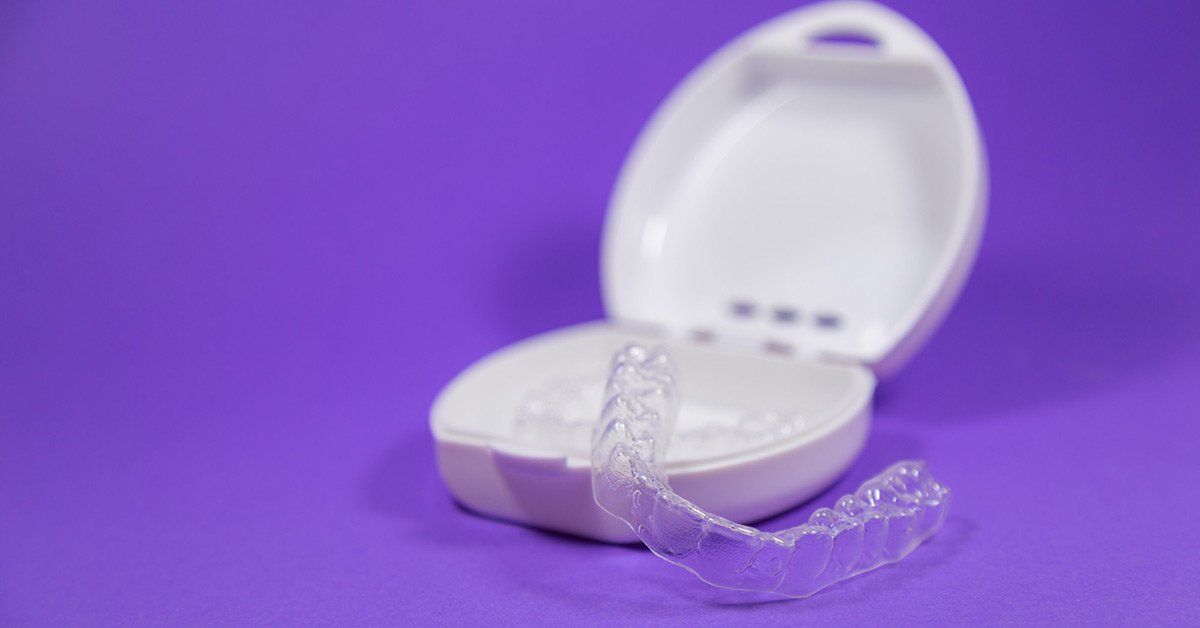What to Expect Before, During and After a Root Canal Procedure
Are you preparing to undergo a root canal procedure? Check out this guide on what to expect before, during and after a root canal.
Did you know that 57% of adults would rather spend an hour in a room full of spiders than get a root canal procedure? Root canal fear is perpetuated by the media from the time people are children watching cartoons. This means that many people neglect to see a dentist when they're worried that they may need one.
But should you be afraid? A lot of that fear comes from unfamiliarity. The actual process isn't anything to fear.
We want to help you abandon your fear by explaining what happens before a root canal, during a root canal, and after a root canal. With this information, you'll be ready for your root canal treatment so you can walk into your dentist's office confidently.
Keep reading to learn more.
What Is a Root Canal Procedure?
A root canal (otherwise known as a root canal procedure) is something that a dentist does to remove bacteria from the root canal of the tooth. The root canal itself is the channel within the tooth that leads into the root.
Many people don't think of their teeth as hollow, but the channels within them help to bind your teeth to your mouth.
When your tooth has too much damage for a simple filling, you need to get a root canal to ensure that you don't lose it.
If you've experienced pain, irritated gums, extreme sensitivity, discoloration, or even a cracked tooth, you may want to talk to your dentist about whether or not you need a root canal.
What Happens Before a Root Canal?
Before your dentist decides that you need a root canal they're going to investigate your teeth. Tooth pain often means that there's a cavity.
Some cavities can be fixed with fillings. These cavities are often shallow to moderately deep but they're mild enough that cleaning out the tooth and replacing the cleared out area with composite or metal is enough to protect and save the tooth.
If your dentist determines that your cavity is too advanced for this, they'll tell you that a root canal is the best course of action. They'll set you up for another appointment so you can prepare yourself.
On the day of the appointment, you'll check in as normal. Your dentist will go over your options as far as pain relief and sedation go.
Some dentists approve complete sedation while others may suggest laughing gas (or nitrous oxide) or local anesthetics.
Once this takes effect, they'll get started with your root canal procedure.
What Happens During a Root Canal?
While most root canals take one session, some take two. Keep this in mind and talk to your dentist about your options.
Once you're sedated or numbed, your dentist will begin the root canal procedure. The dentist uses a rubber dam to isolate the tooth, keep the area dry, and protect the rest of your mouth.
After this, they use a drill to remove the inside of the tooth (similar to a filling). Your tooth is full of pulp. They then use files to clean out the infected pulp and tooth matter so it doesn't cause future harm to your teeth and gums. They then clear out the debris by using water or sodium hypochlorite.
If your root canal was complex, your dentist may place a medicine inside the tooth before they fill and seal it. They'll place a temporary filling so that you don't have further damage before you get the permanent one.
If your root canal happens in one session, they fill and seal it on the same day so you're ready to go about your life and use your tooth without worry.
If your tooth needs further restoration your dentist may place a crown or a crown and post. This helps to fully protect the tooth from future damage.
What Happens After a Root Canal?
After your root canal is complete, you'll need to recover. Your tooth and surrounding gums will likely be numb for several hours. While there are a few alleged methods to make the numbness go away, it's best to wait it out.
While you're numb it's a good idea to avoid solid food. While your tooth is stable, it's easy to burn your mouth or bite your cheeks when you can't feel anything.
As long as you weren't sedated with anything beyond laughing gas you can drive yourself home. If you're worried, have someone come with you to drive you.
It's common for you to experience some soreness for several days and sensitivity for several months. Your gums are inflamed and you're getting used to the sensation of a filled tooth. That said, this pain is nothing in comparison to the pain of an infection.
Continue your oral healthcare and dental visits as normal to protect the rest of your teeth and ensure that you don't have to go through this again.
How Can I Prepare?
The first step of preparation is research, so you're already there! After this, there are a few things that you can do to prepare yourself for your appointment.
First, make sure that you get a good night's rest. This will help lessen your anxiety and promote healing. Staying up all night worrying will make you more irritable when it's time for the procedure.
Unless sedated, you should eat before your root canal because you'll have trouble eating for a few hours afterward. Make sure that you brush your teeth before your appointment.
Finally, arrive at your appointment with time to spare.
A Root Canal Procedure Is Nothing to Be Afraid Of
Don't let the media scare you away from a root canal procedure. It's not painful (the worst part is the numbing injection) and you'll feel immediate relief.
Take care of your oral health by getting a root canal and saving your tooth.
Are you in need of a root canal or another kind of dental procedure? Are you unsure of what's causing your tooth pain? We want to help.
Request an appointment today so we can restore your beautiful smile.









